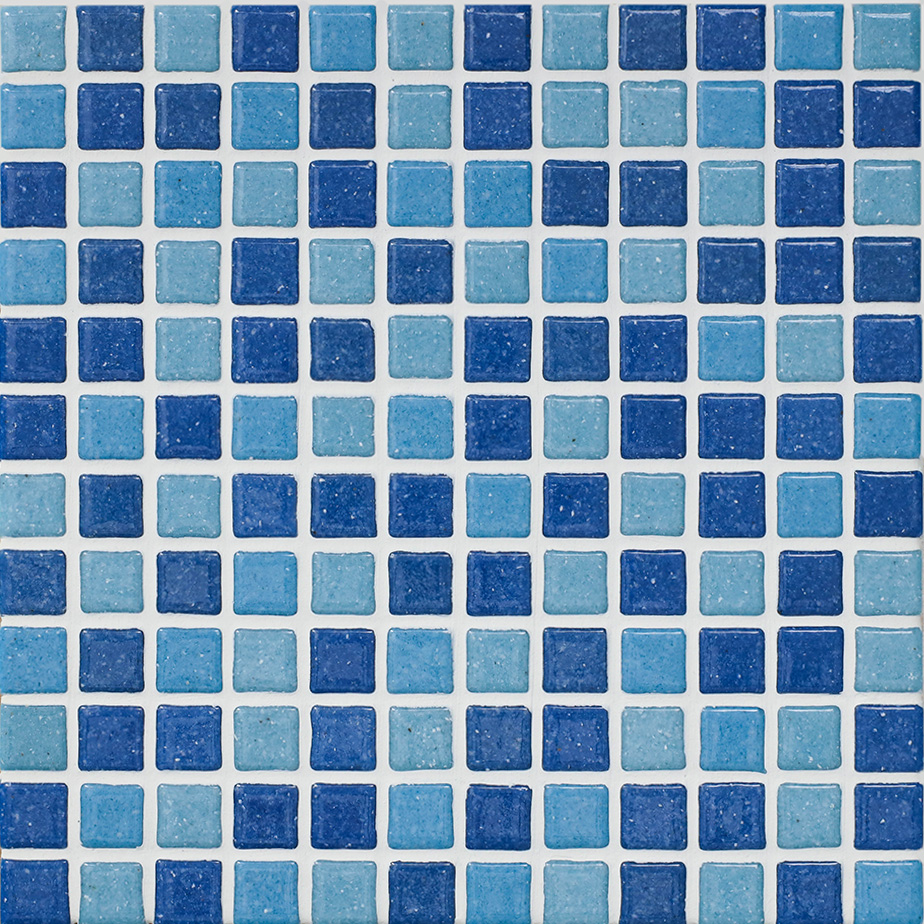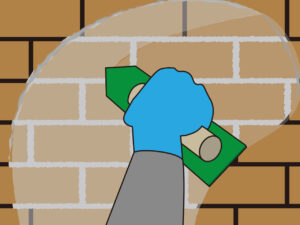Grout Joints: The Key to Durable Tile Installations

When it comes to installing tiles or stone, grout joints are often overlooked. At first glance, they may seem like just a design element, but in reality, they play a critical role in the safety and longevity of any installation. Beyond their appearance, grout joints help keep tiles securely in place, protect the structure underneath, and prevent issues like cracks or tiles falling off over time.
In this article, we will explore why grout is so important and the essential functions it serves. We will also take a closer look at the different types of grout materials—from the most common to the more specialized ones—so you can choose the right option for your next project. Plus, we will dive into the most popular grouting methods to help you achieve a flawless finish.
Table of Contents
■ The Purpose of Grout Joints
 When installing tile or stone, grout joints are often overlooked—but they play a much more important role than many people realize. Beyond their visual impact, grout joints serve practical, safety-related functions that directly affect the durability and stability of the installation.
When installing tile or stone, grout joints are often overlooked—but they play a much more important role than many people realize. Beyond their visual impact, grout joints serve practical, safety-related functions that directly affect the durability and stability of the installation.
While “zero-joint” installations, such as flush or butt joints, are popular for their clean, seamless look, it is essential not to ignore the purpose grout was designed to fulfill. A well-planned joint layout not only enhances the appearance of tile work but also helps protect the materials and structure over time.
So, what exactly do grout joints do?
Here are three key functions that show why they are a crucial part of any responsible tile installation.
Function 1. Prevent Tile Falling Accidents
Grout joints help prevent adhesives from deteriorating due to direct sunlight exposure. If the adhesive weakens, tiles can loosen or fall, potentially causing injuries or accidents. That’s why it’s important to take preventive steps in advance. In regions where earthquakes or structural movement are common, using grout is especially important to keep tiles securely in place.
Function 2. Cushioning Material
Grout also acts as a buffer between tiles. It helps absorb movement caused by expansion or contraction in the substrate, reducing stress on the tiles themselves and helping to prevent cracking or detachment.
Function 3. Adjusting Dimensional Variations
Traditional wet-process tiles—especially those crafted using classic Japanese methods known for their handcrafted ceramic charm—can shrink or warp slightly during firing, resulting in minor size variations. Grout joints help adjust for these differences without compromising the character of the tile, allowing the overall silhouette and beauty of the layout to shine.
■ Types of Grout Materials
This text provides an overview of various types of joint filler materials used in tile installation. Each type has specific properties tailored to different applications, from general indoor/outdoor use to more specialized functions, such as enhanced durability, flexibility, or aesthetic appeal. Choosing the most suitable grout depends on multiple factors, including the type of tile, where it will be installed, how much wear and tear it will face, and the desired visual finish.
1. Cement-Based Grout
Cement grout is the most widely used type of grout, suitable for both indoor and outdoor tile applications. It typically consists of cement, water, and aggregates, with some formulations including additional polymers to enhance flexibility and water resistance. Depending on the formulation, cement grout comes in two main versions based on aggregate size: unsanded grout, which includes fine aggregate blends ideal for mosaic tile applications, and sanded grout, which contains coarser aggregates designed for brickwork and wider joints of 10 mm or more.
1.1 Sanded Grout (for joints ≥ 3 mm)
Sanded grout contains fine sand particles, making it suitable for joints 3 mm or wider. The sand improves structural stability and reduces shrinkage, making it ideal for brick-style tiles, handmade tile layouts, exterior paving, patios, and terraces.
1.2 Unsanded Grout (for joints ≤ 3 mm)
Unsanded grout is a smooth, sand-free formulation suitable for joints 3 mm or narrower. Its fine texture makes it perfect for polished or delicate tiles such as glass mosaics, polished marble, ceramic wall tiles, and decorative tilework.
Cement-based grout is available in a wide range of colors to complement or contrast with your tiles, providing both durability and aesthetic versatility. Colored grout is essentially a cement-based grout available in a variety of colors to complement different tile designs. When combined with vibrant glass or tile mosaics, it creates a refined, high-value finish. Some types are formulated specifically for indoor use, offering excellent waterproofing and resistance to mold.
2. Elastic Grout
Made with urethane or polymer additives, offers better flexibility and water resistance than traditional cement grout. Its moderate elasticity helps absorb vibrations, preventing joint cracking and spalling, making it ideal for indoor areas with movement, such as wood-backed tiles, heated floors, or substrates prone to expansion and warping.
Though durable and crack-resistant, elastic grout is costlier and requires careful installation. For outdoor areas like terraces and balconies, polymer-modified cement or epoxy grout are usually more durable, as elastic grout may lack sufficient abrasion and weather resistance.
3. Epoxy Grout
Made from resin and hardener instead of cement, offering superior resistance to moisture, stains, and chemicals. Compared to mortar grout, it has a lower water absorption rate and greater stain resistance, making it highly recommended for kitchens and sanitary areas. Additionally, epoxy grout provides excellent resistance to acids and alkalis, ensuring long-lasting durability in harsh environments. Once cured, it is extremely durable and virtually maintenance-free.
■ Grouting Methods
The information presented in this article refers to general grouting methods commonly practiced in Japan. These methods are shared for informational purposes only and may not reflect the installation standards or building codes applicable in your country.
Since regulations and best practices for tile installation can vary widely depending on region, climate, and construction practices, we strongly recommend that each user verify and follow the relevant codes and guidelines in their own country or project location. This content is not intended to serve as official technical advice or as a substitute for professional consultation.
There are two main methods for filling tile joints: full-surface grouting and single-line grouting. The choice depends on the surface condition and the type of material being used, such as tile or natural stone.
 Full-surface grouting method Involves spreading the grout across the entire tile area using a rubber float, pressing it into the joints with a grouting tool, and then wiping off the excess from the tiles with a damp sponge to finish the process. |
 Single-line grouting method Involves injecting grout directly into the joints using a grout bag or applicator. Then, the grout is pressed in with a grouting tool while carefully avoiding contact with the tile surface, focusing only on filling the joints. |
■ Summary
In this article, we have seen how grout joints play a vital role in tile installations—not just as a design choice, but as a key element in ensuring safety, durability, and structural flexibility. From understanding their main functions to choosing the right grout type and method, proper planning and execution of grout joints can make all the difference in achieving a successful, long-lasting finish.